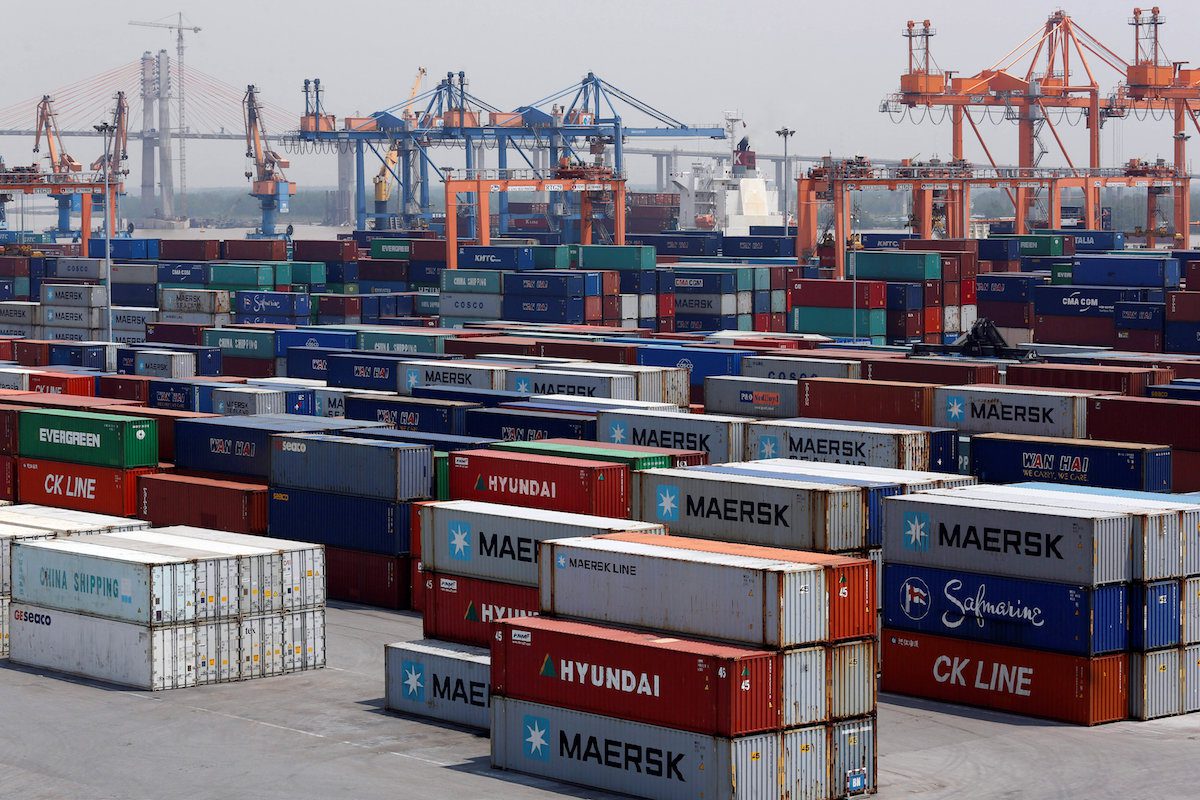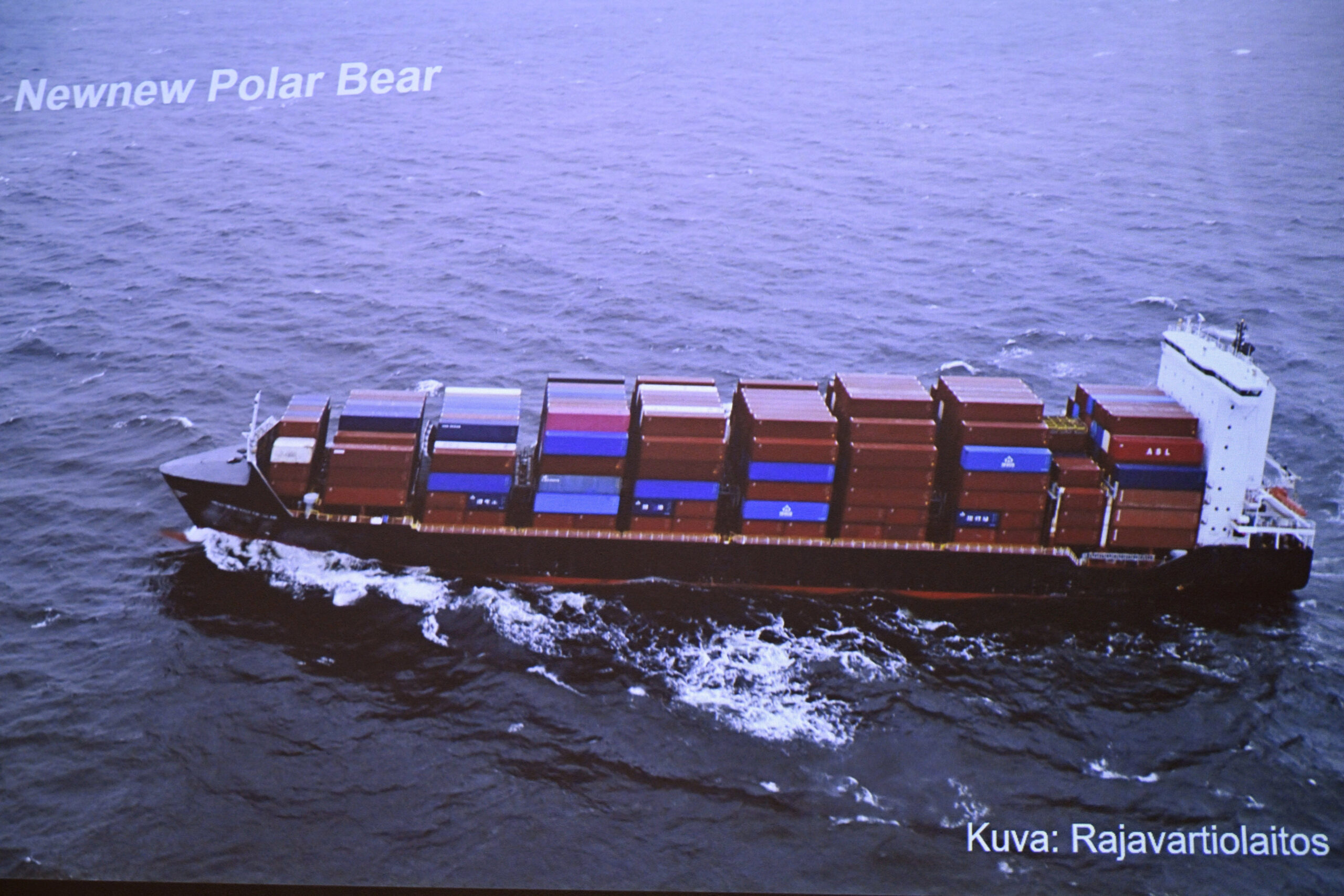By Brian K Sullivan (Bloomberg) —
Water levels on the Mississippi and Ohio rivers are falling for a second straight year, raising the prospect of shipping problems along the all-important US freight routes.
In Cairo, Illinois, where the Ohio joins the Mississippi, water levels have dropped more than 6 feet (1.8 meters) in the last week and are forecast to fall more than 4 feet further by the end of July, pushing the Ohio River into its so-called low stage — when barges can run aground and shipping lanes are forced to narrow. In St. Louis to the north, the Mississippi could fall another 3 feet; in Memphis, it’s forecast to decline by twice as much, putting it in its low stage, too.
Widespread drought across the Midwest and lower than normal rains in parts of the eastern US are behind the falling river levels, which last year also plummeted to concerningly low depths. The Mississippi and Ohio rivers and their tributaries are major US freight arteries for moving coal, oil, natural gas, chemicals and commodities.
“We’re starting off this year low and pretty dry,” said David Welch, a hydrologist with the Lower Mississippi River Forecast Center. “We’re not seeing a lot of relief in sight.” Currently about 64% of the Midwest is in drought, the most in more than a decade.
When water levels fall, it threatens to choke shipping on the waterways and raise transportation costs. The barges sometimes have to be loaded with less cargo to keep them riding high in the river to avoid snagging the bottom. Low river levels can also force the US Army Corps of Engineers to dredge channels to allow ship traffic. Last year, the low levels contributed to about $20 billion in economic losses, according to an estimate by AccuWeather Inc.
Earlier this week, the US Army Corps of Engineers began construction of a saltwater sill across the Mississippi in Louisiana to keep seawater out of the river, a risk whenever the river levels get too low. This is the fifth time it has had to block salt water from moving up the river near Myrtle Grove, Louisiana — and the first time it’s had to build one in back-to-back years.
So far, traffic is continuing on the river, but that could slow as levels are forecast to fall further. Barge shipments down the Mississippi River increased to 511,000 tons in the week ended July 8 from 403,000 tons the previous week, according to the US Department of Agriculture’s weekly grain transportation report. St. Louis barge rates rose to $10.76 per short ton, up about 11% week on week.
A single river barge, fully loaded, can haul as much as 16 rail cars or 70 semi trucks. In all US inland waterways, about 578 million tons of cargo is shipped annually, with much of that along the Mississippi system.
–With assistance from Dominic Carey.
© 2023 Bloomberg L.P.

 Join The Club
Join The Club











